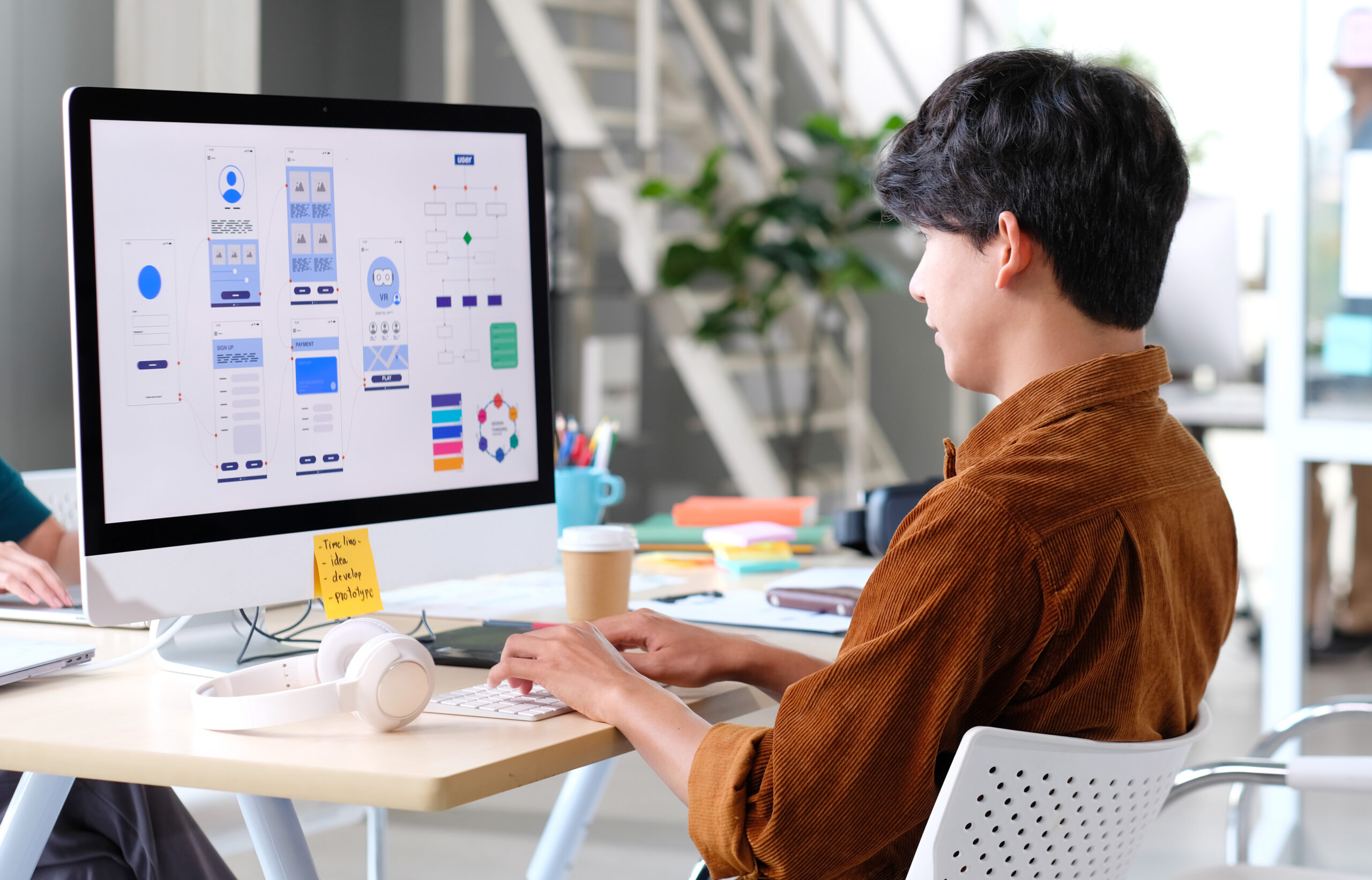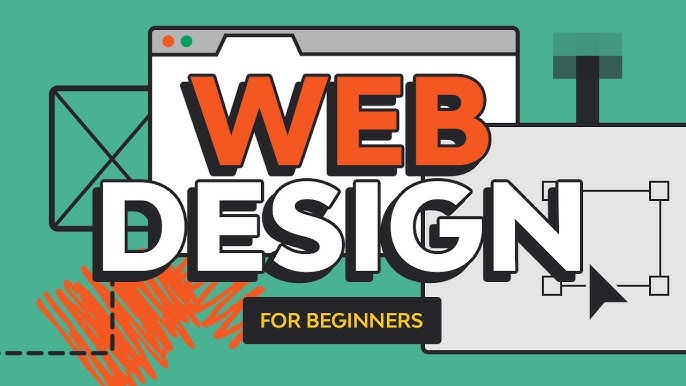Aligned Position Web Design: Transform Your Online Presence with Expert Web Design Services
Aligned Position Web Design: Transform Your Online Presence with Expert Web Design Services
Blog Article
The Very Best Kinds of Web Layout to Enhance User Experience and Engagement
In the ever-evolving landscape of electronic communication, the performance of Web layout substantially impacts individual experience and involvement. Different layout methods, such as minimal, responsive, and interactive designs, each deal distinct benefits that can accommodate diverse individual requirements. Understanding which types of Web style best offer these objectives can be critical for businesses aiming to boost consumer complete satisfaction and retention. Nonetheless, the question remains: which style components absolutely reverberate with users and foster meaningful interaction? The exploration of these concepts discloses crucial insights that might redefine your technique to website design.
Minimalist Web Style
As electronic landscapes come to be progressively messy, minimalist Web style has become a powerful approach to enhancing user experience. This design philosophy focuses on simpleness, concentrating on necessary elements while eliminating unneeded diversions. By using adequate white room, straightforward navigating, and a restricted color scheme, minimal layout promotes clearness and directs customer focus to vital web content.
The core principle of minimalist Web style is to produce a seamless communication for users. By lowering cognitive tons, users can promptly comprehend information without really feeling overwhelmed. This straight strategy not just improves functionality yet additionally motivates engagement, as site visitors are most likely to discover a website that is very easy and visually enticing to navigate.
Additionally, minimalist layout usually stresses typography and images, utilizing these aspects tactically to communicate messages efficiently. In essence, minimalist Web design is not simply a pattern; it is a thoughtful technique that identifies the relevance of user-centered layout.
Responsive Website Design
In today's varied electronic setting, receptive website design has ended up being necessary for developing a seamless customer experience across a wide variety of tools. As customers accessibility websites on mobile phones, laptop computers, tablet computers, and desktop computers, the ability of a web site to adjust its format and content to different display sizes and resolutions is crucial.
Receptive Web style utilizes versatile grids, photos, and CSS media inquiries to ensure that Web content exists ideally, no matter the tool utilized. This method not only enhances the aesthetic allure of an internet site however likewise substantially enhances use. Users are a lot more most likely to engage with a site that provides a consistent experience, as it gets rid of the disappointment of having to zoom in or scroll exceedingly.
By adopting receptive design, businesses can improve their exposure and get to a wider target market. In summary, responsive Web layout is an essential technique that boosts user experience, interaction, and total complete satisfaction.
Interactive Web Design
Receptive website design lays the foundation for enhancing individual experience, yet interactive Web design takes this a step better by involving users in a much more vibrant way - Aligned Position Web Design. By incorporating components such as computer animations, clickable prototypes, and real-time comments, interactive website design mesmerizes users, drawing them into a richer browsing why not try this out experience
This approach not just cultivates engagement but also motivates users to explore content actively instead of passively consuming it. Methods such as gamification, where customers earn rewards for completing jobs, can substantially boost the moment invested on a website and boost total contentment. Furthermore, interactive features can simplify complicated info, making it a lot more enjoyable and digestible.

Integrating interactive layout elements can likewise lead to greater conversion prices, as users are most likely to engage with a website that proactively entails them. Aligned Position Web Design. Ultimately, interactive website design transforms customer experiences into remarkable trips, making certain that visitors return time after time
Flat Design
Identified by its minimalistic approach, flat style highlights simpleness and performance, removing unnecessary components and concentrating on crucial features. This design ideology prioritizes use, ensuring that users can browse user interfaces with convenience and performance. By using a clean visual, flat layout eliminates the clutter typically found in much more ornate designs, thereby enhancing customer concentrate on content and performance.
The characteristic of level go to website layout depends on its use of strong colors, simple typography, and geometric shapes. These aspects contribute to an aesthetically attractive user interface that is both friendly and contemporary. In addition, flat design promotes a feeling of clearness, enabling users to recognize essential actions and information without interruption.
Additionally, flat style is especially effective in receptive Web style, as its simplicity converts well across various tools and display sizes. By concentrating on essential functions, flat design not just meets customer requirements however additionally encourages smooth communication, making it a vital component of reliable Web layout approaches.
Flexible Website Design
Adaptive Web design personalizes the user experience by creating several taken care of designs tailored to different display dimensions and devices. Unlike responsive style, which fluidly changes a solitary layout, flexible style utilizes unique designs for particular breakpoints, guaranteeing optimum discussion on numerous systems. This approach enables developers to concentrate on the one-of-a-kind qualities of each device, boosting use by providing specifically what customers require based visit their website upon their context.
One of the primary benefits of flexible website design is its ability to maximize lots times and efficiency. By offering tailored content and images that fit the customer's device, sites can decrease information usage and improve loading rates. This is specifically helpful for individuals with slower connections or minimal information plans.

Additionally, adaptive style helps with a more consistent and controlled branding experience. Since developers produce several formats, they can make sure that the aesthetic aspects straighten with the brand's identification throughout different platforms - Aligned Position Web Design. This leads to a cohesive customer experience, enhancing involvement and promoting user retention
Conclusion
Minimalist design cultivates clarity and focus, while receptive style ensures adaptability throughout different devices, advertising accessibility. Collectively, these style comes close to add to the creation of easy to use settings that not only improve contentment however additionally drive greater conversion prices, underscoring their vital relevance in contemporary Web layout strategies.

Minimalist design promotes clearness and focus, while receptive style ensures flexibility throughout various devices, advertising access. Collectively, these design approaches contribute to the production of easy to use atmospheres that not just enhance complete satisfaction yet additionally drive higher conversion prices, emphasizing their vital significance in contemporary Web layout techniques.
Report this page